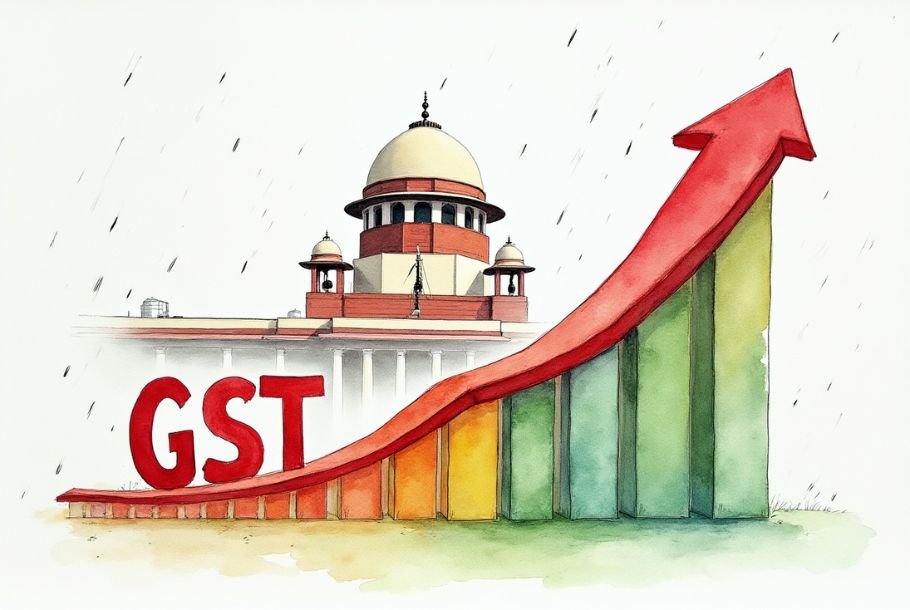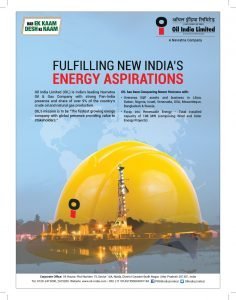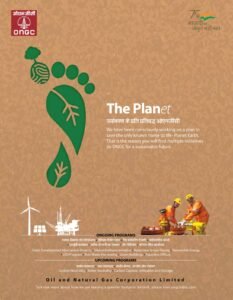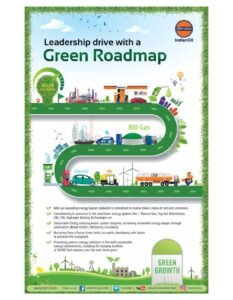
Sustainability challenging GDP Growth
“India is set to be the main engine of global economic growth in 2025 and 2026” says World Economic Forum’s (WEF) Chief Economists Outlook report. IMF projects the GDP growth rates for these years to be 6.2% and 6.3% respectively. These numbers pale in comparison to images of Chinese GDP growth of early 2000s. China joined WTO in 2001 and grew at an average growth rate of around 10% till the 2008 Global Financial crisis. World changed significantly since then. Green growth desires have slowed the economies across the globe. In 2010, China reclaimed 10% GDP growth but by then it had also achieved the ‘dirty nation’ tag given its high carbon emissions. By 2015, China announced Made in China 2025 plan to reduce the energy intensity of manufacturing industry by 18% in 2020 and 34% in 2025 compared to 2015 level. The proposed transition witnessed slowing down of the economy and since then China hasn’t been able to reach 10% GDP growth.
Does India need to be wary of such slowing down with its green initiatives?
India’s case looks different. In 2015, manufacturing had 40 per cent share in China’s GDP. Service sector contributed 50.5%. While in India, the service sector contributed approximately 61% to India’s Gross Domestic Product (GDP) and the manufacturing sector had a share of mere 15.4%. Even now the manufacturing sector’s share is 17%. Due to this small share, India’s transition path to more efficient economy faces lesser threat of low-capacity utilisation of existing industry.
Low-capacity utilisation usually disrupts flow of money in the economy, which in turn slows the GDP growth. Evidence lays in the fact that despite facing challenges of large population and its growing consumption compulsions, India has achieved its initial Nationally Determined Contribution (NDC) goals ahead of schedule, including a 33% reduction in emissions intensity by 2019. The updated 2030 NDC of reducing its emission intensity by 45% from 2005 levels, alongside the other clean energy objectives, positions India as one of the successful contributors to global climate goals.
In February 2025, non-fossil fuel sources in India’s total installed electricity generation capacity had a share of 47.37%. Such large a large share enables India to be ranked among the top 10 global climate performers. Despite all these growth arresting initiatives India continues to be fastest growing large economy. The growth rate does need to be raised and that is where AI play its role.
Artificial intelligence is a new driver of efficiency and growth
Agriculture
India’s agriculture sector contributes 15% to the GDP and growth realised in this sector has been traditionally low. Around 85% farmers, classified as small and marginal farmers, own less than 2 hectares land. Inadequate capital, unpredictable prices, erratic weather, lack of storage leads to low yield and almost 40% loss of produce for these farmers. World Economic Forum’s Artificial Intelligence for Agriculture Innovation (AI4AI) stepped in to transform India’s agriculture. One initiative, ‘Saagu Baagu’ pilot, developed in partnership with Telangana state government has substantially improved the chili value chain for more than 7,000 farmers by creating India’s first agriculture data exchange and agri data management framework.
The initiative helped farmers achieve 21% increase in chili yields per acre plus reduction in pesticide use by 9%, plus decrease in fertilizer usage by 5%, and unit prices rising 8% due to quality enhancements. Farmers’ incomes increased by more than INR 66,000 (around 800 USD) per acre per crop cycle, effectively doubling their earnings. The project has expanded and aims to impact 500,000 farmers, encompassing five different crops across ten districts. Application of data driven precision farming enabled thru AI propelled Netherlands to becoming world’s second largest exporter of agricultural produce. It has a tiny population of 18 million. Imagine the scope that India has in expanding GDP through AI enabled agriculture.
Manufacturing
AI adoption in manufacturing in India seems to be ahead of the global averages. Rockwell Automation’s 10th annual State of Smart Manufacturing Report released on 6th June, 2025 says that 99% of surveyed Indian manufacturers are focused on AI/ML investments, and 94% of Indian firms have in place a formal sustainability program, particularly in energy management and eco-friendly practices across product lifecycles. The reports says that globally, 95% of manufacturers have invested or plan to invest in AI/ML. More interesting part is 48% of the manufacturers are redesigning the roles of the workforce in response to smart manufacturing, and 50% plan to use AI/ML for quality control in the coming year.
These developments infuse confidence that India’s economy can have rapid as well as green growth through adoption of AI. India’s 2024 Q4 GDP growth of 7.4% yielded full year GDP growth of 6.5% higher than IMF’s forecast. It surprised many and many more pleasant surprises are in store as India gallops to achieve the third largest economy status.

Dr V.P. Singh,Program Director,PGPM,
Great lakes institute of management, Gurgaon.


















